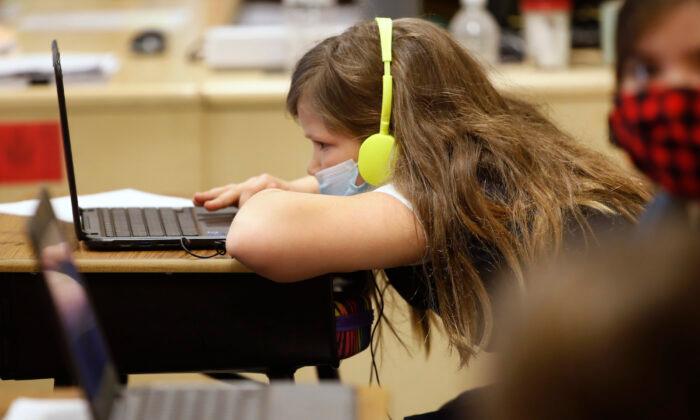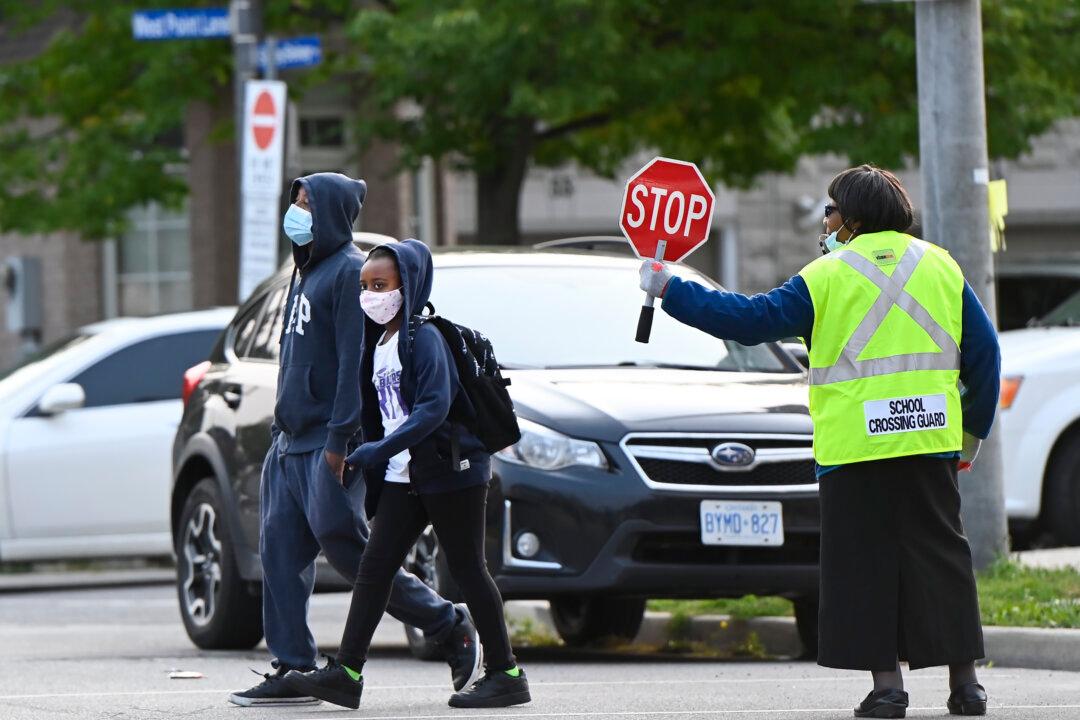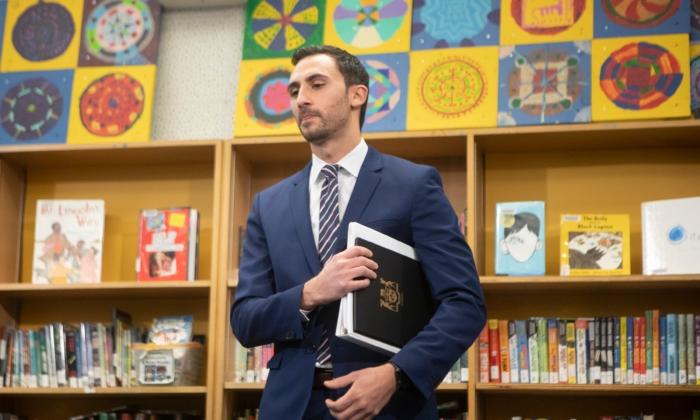High schools are quite different from K-8 schools, and it’s not just because their students are older.
While K-8 students take classes together according to their grade level, high school students are enrolled in a credit system. This means that they pass or fail each course individually.
Because of the credit system, high school timetables are considerably less flexible than K-8 timetables. School administrators must ensure that each course has enough instructional hours to cover the expected course content. Otherwise, the course will not count as a credit.
During a normal school year, most high schools divide the year into semesters. Usually, students take four courses in the first semester and then four different courses in the second semester. Each individual class goes for approximately an hour a day, five days a week.
The semester system works well because it takes a balanced approach. The total course load is reasonable and hour-long classes are long enough to get work done but not so long that students struggle to pay attention. There are good reasons why the semester system is the most common schedule for Canadian high school students.
Unfortunately, the COVID-19 pandemic threw high school schedules into disarray. In an effort to reduce contact between students, many schools adopted a quadmester timetable whereby students take two classes a day for 10 weeks. Each class session is approximately three hours in length each day.
It should be obvious that this is not a good schedule for most high school students. It’s difficult to hold any student’s attention for three hours at a time, let alone doing this five days a week. With such a compressed schedule, courses proceed at a breakneck speed and students find it hard to keep up.
Of course, last year was an unusual year. The COVID-19 pandemic was in its early stages and no vaccines were available yet. School boards wanted to keep students as safe as possible, and the quadmester schedule was their way of minimizing the likelihood of the virus being transmitted at school.
However, this year should be different. COVID-19 vaccines are widely available and every high school student who wants to be vaccinated can do so. This means that there is no need to keep students apart for the entire day. High schools should go ahead with a normal semester timetable without worrying about the amount of contact between students.
The problem is that some school boards are choosing to keep their quadmester schedules in place. For example, high schools in the Saskatoon Public School Board are required to schedule no more than two classes per day for each student. This is inexcusable, particularly since there is no scientific or educational basis for this decision.
Other school boards have adopted modified timetables that are even more confusing for students. For example, the Thames Valley District School Board in London, Ontario, is implementing a “revised semester” system where students take four courses in a semester, but only two courses per day. Thus, students take two courses one week, two different courses the next week, and then back again for the entire semester.
Confused? You should be. Not only are students stuck with nearly three-hour long classes each day under this system, but they also have to juggle four courses instead of two. Plus, students will go an entire week at a time without attending two of their courses, which will make it even harder for them to remember the material in each course.
Clearly, these revised schedules are going to be a disaster for students. There is no reason to impose quadmester or “revised semester” timetables on high school students. The regular semester system would work just fine. And they will be safe too.
Let’s not forget that it is a fool’s errand to think that schools can actually keep students apart from each other. Schools might be able to limit in-class interactions, but they can do absolutely nothing about students hanging out during their breaks, noon hours, or after-school activities.
High school students are going to interact with each other no matter what schedule schools put in place. School boards should at least allow their students to have a normal schedule. Some things really are that simple.






Friends Read Free